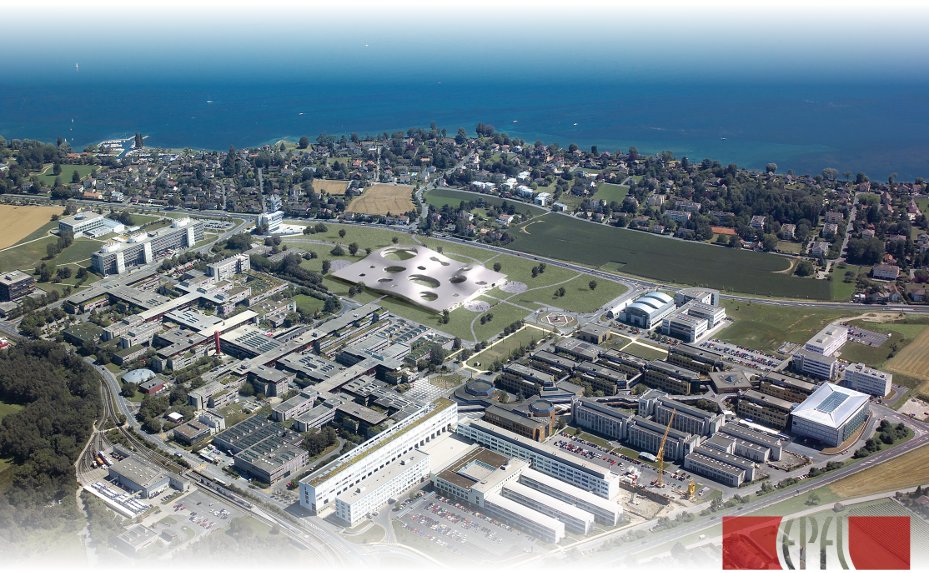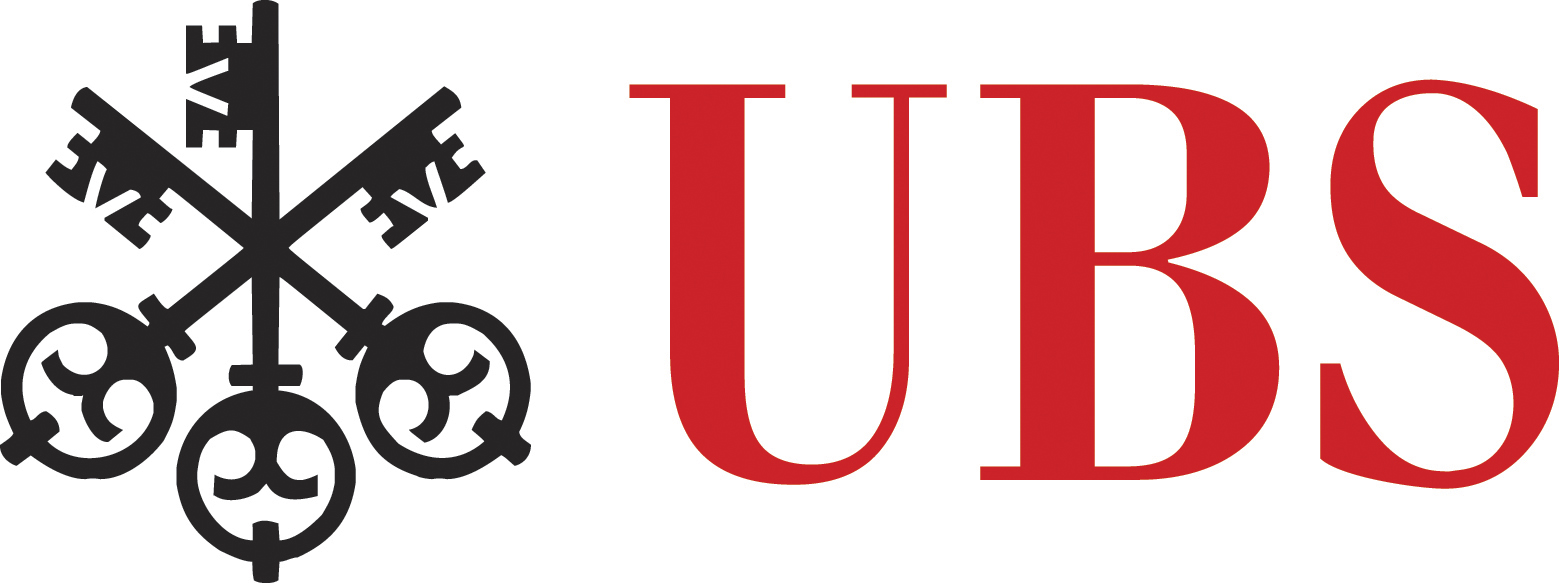Team:EPF-Lausanne
From 2009.igem.org
Contents |
Last News
Keep track with what we did so far
(12.07.09)
- This first week of wetlab we have done the following things
- Transformed the plasmids with the LovTAP gene, generously sent by Dr. Sosnick's lab from Chicago universtiy, into competent E.Coli
- Designed the cloning strategy for cloning the LovTAP gene from its original vector to a iGEM vector+add an inducible promoter (LacI) (+RBS +term.)
- Ordered and received the primers needed for the PCR of LovTAP
- Designed the cloning strategy for inclusion of the LovTAP BioBrick with different reporting cassettes
- Transformed all the BioBricks that will be needed for the cloning strategies (c.f. notebook for more information about these parts) into competent E.Coli
- Fused the two BioBricks "LacI" and "RBS"
- Digested the LovTAP PCR products and RBS part
Project Abstract
Recent discoveries of photoreceptors in many organisms gave us insights into a possible interest of using light responsive genetic tools in synthetic biology. The final goal of our project is to induce a change in gene expression, more specifically to turn on or off a gene, in a living organism in response to light stimulus.
We will use light sensitive DNA binding proteins, or light sensitive proteins that activate DNA binding proteins to transduce light input to a chosen output, for example reporter genes like GFP, RFP. The genetic circuits allowing us to measure the activity and responsiveness of light sensitive proteins are already designed, whereas the parts and biobricks required to engineer these circuits are still in formation.
If we demonstrate that the light-induced-gene switch tool works in vivo, it would show that easier and faster tools could be used in several field of biology. It would induce more localized, more precise (time resolution) and drastically faster genetic changes than the current used tools, which will then allow research to evolve even better.
 "
"


